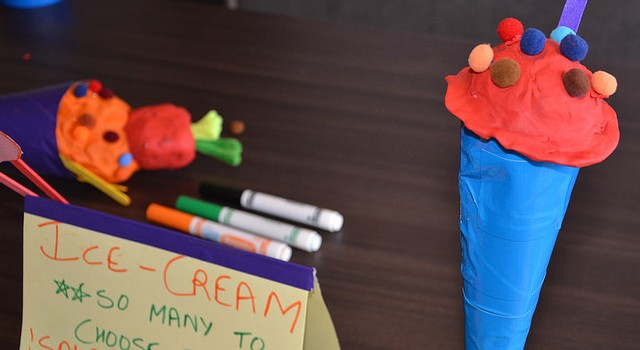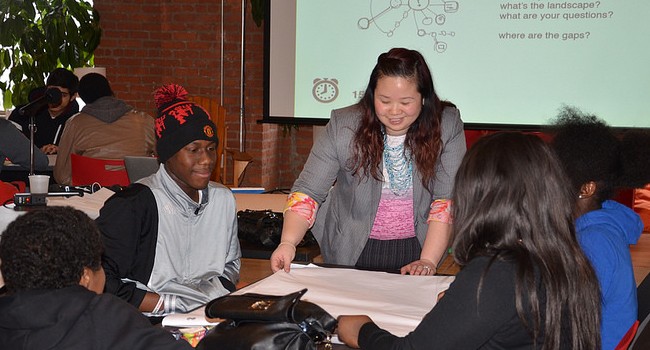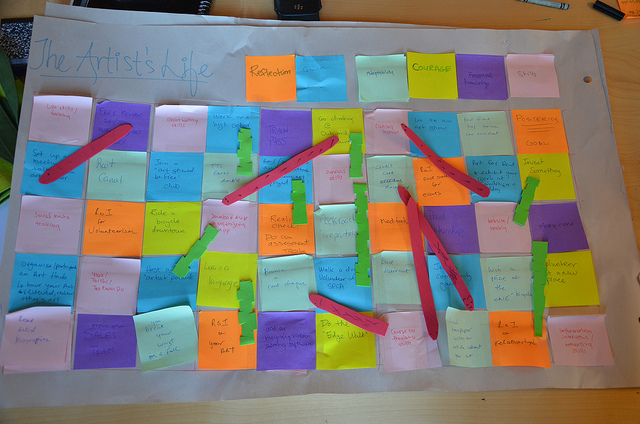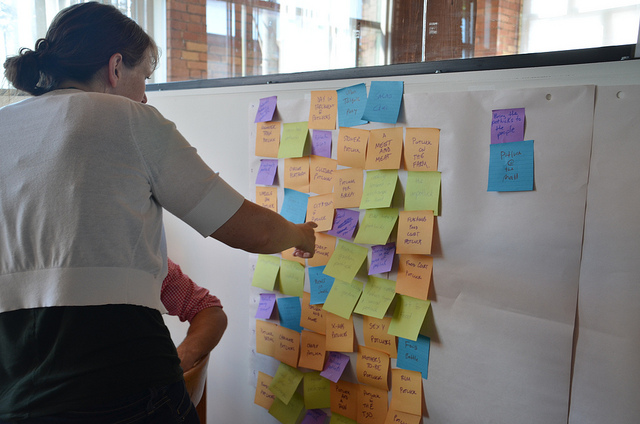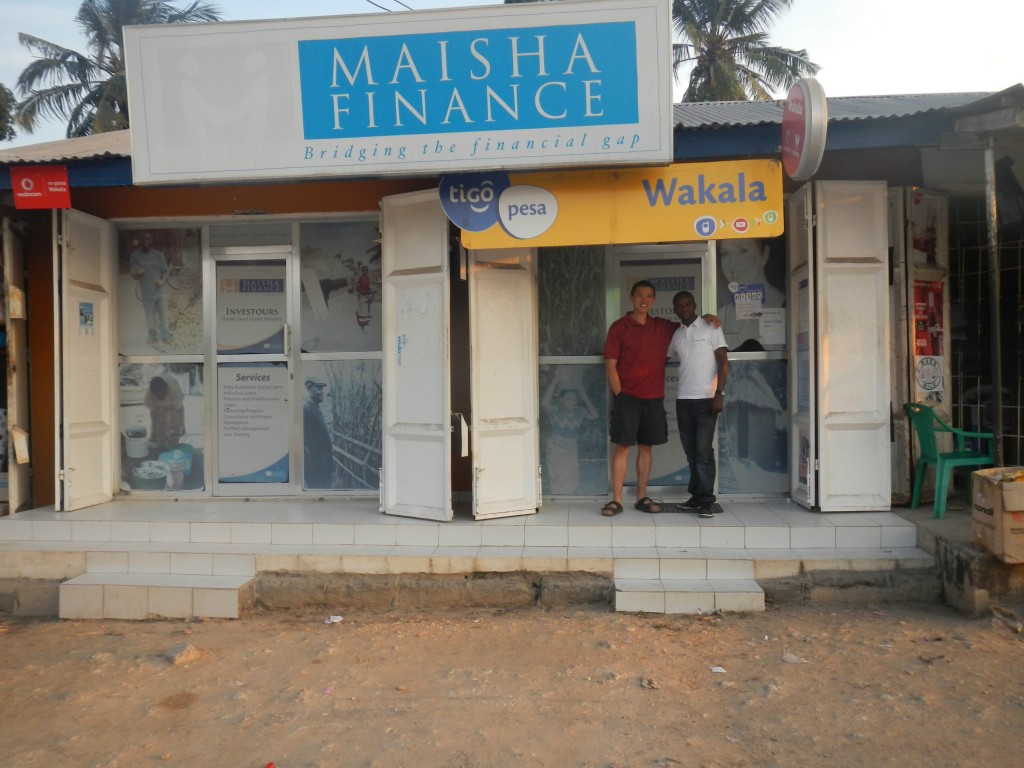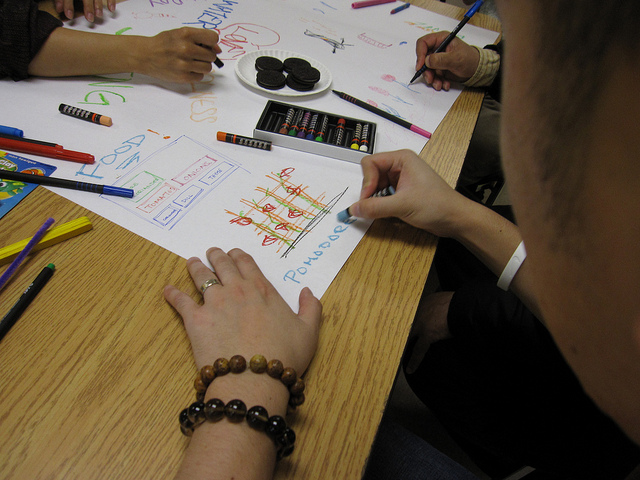After last week’s 2-day DT4i training workshop, we dove right back into workshop mode with the amazing youth from Success Beyond Limits (SBL) last Wednesday. As part of SBL’s March Break Career Exploration, our DT4i rapid fire workshop sought to connect the topic of youth entrepreneurship with the benefits of the design-thinking process.
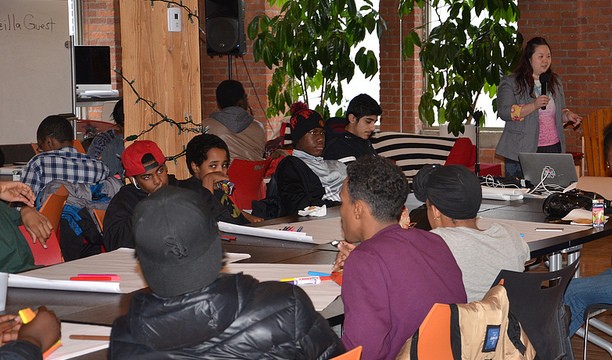
Condensing two days of content into one afternoon, we weren’t sure what to expect as we moved 45 youth through the phases of the design-thinking process.
We really wanted to show the benefits of why teams should spend more time in the problem defining phase before moving into the problem solving phase. The key is understanding how best to use empathy in articulating your user needs, a true foundation for human-centred design.
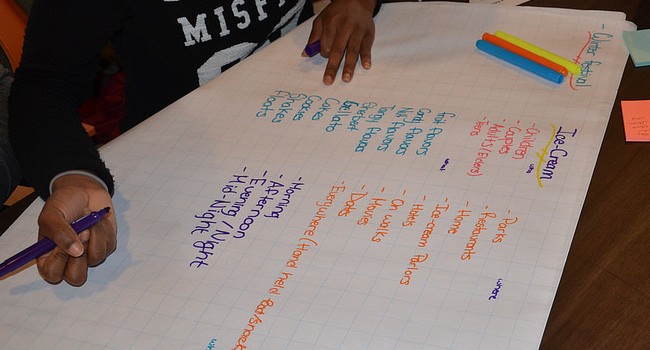
It would be an understatement to say that the youth from Success Beyond Limits showed no end to generating new ideas. We were also impressed with how easily the youth could craft unique and detailed “point of views” or POVS through their user experience maps.
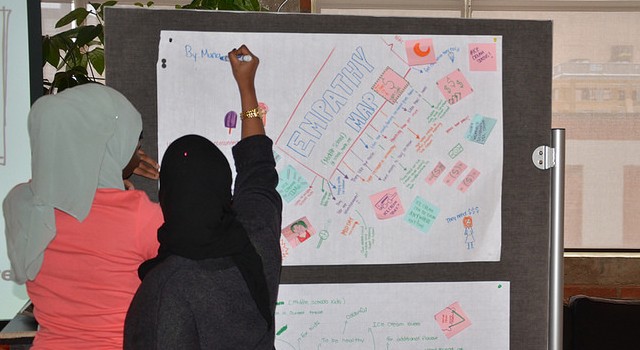
The ability to zone in on a specific user stood out in contrast to the other workshop earlier in the week. What we realized was the key difference between our two workshop groups was the youth’s ability to freely design for a specific user.
Professional experience, it seems, drives people towards designing one solution for everyone so no one is excluded. While this might sound logical at first glance, in the end these solution more often than not are solution that don’t work for anyone.
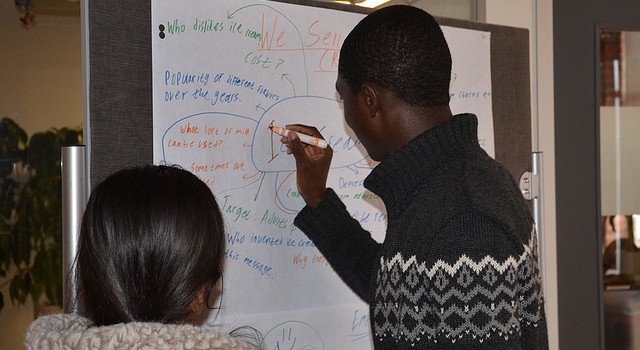
Another impressive feat the SBL youth demonstrated was the lack of fear in focusing on the process versus focusing on the final product. Rather, the youth were quite comfortable to concentrate on the design tensions that revealed themselves from the crafted user POVs. The end result was a whole suite of very creative solutions that started off with exploring the design challenge of ice cream & social enterprise. Proposed projects included designing service robots for seniors, mobile app ideas, outlining ethical farming practices and developing a new approach to manufacture ice cream.
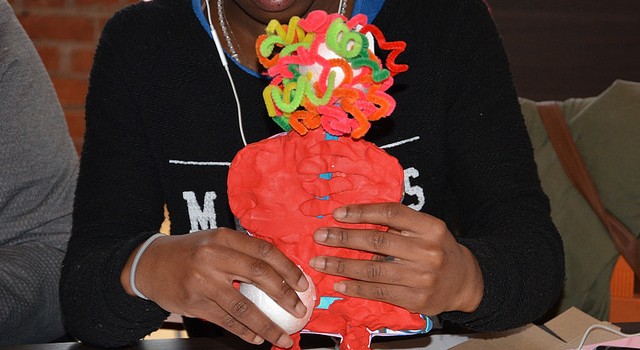
What we learned from SBL’s freedom to focus on the process over the product is our need to highlight and push working professionals to give themselves permission to be uncomfortable and vulnerable in the design-thinking process. The longer term advantage is the ability to creatively come up with new solutions to wicked problems. Otherwise, focusing on the product or “end goal” allows you to fall into the pattern of trying to solve new problems with the feasible solutions you already know.
